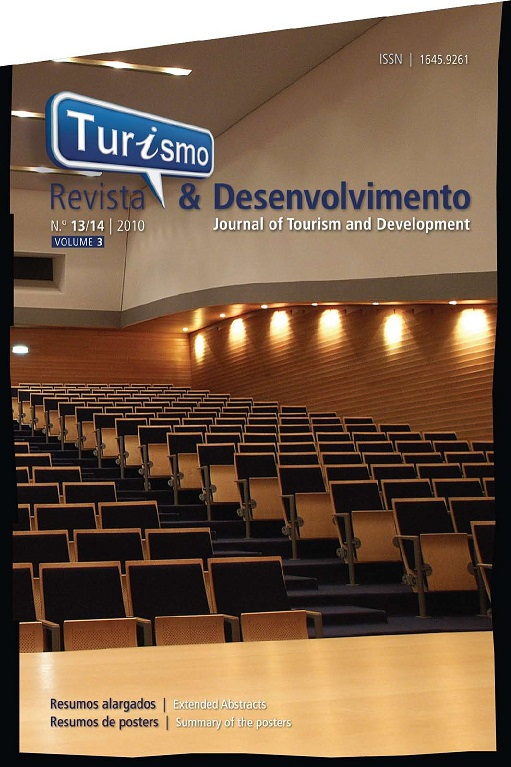The impacts of international tourism demand on economic growth of a small economy
Resumo
Objectives | This paper studies the impacts on economic growth of a small tourism driven economy caused by an increase in the growth rate of international tourism demand.
Methodology | We present a formal model and empirical evidence. Our model is a variant of the class of tourismled growth models, allowing for foreign borrowing on the international financial market to finance investment and consumption expenditures, and addresses the empirically important issue of transitional dynamics. The components of the dynamic model are a large population of inter-temporally optimizing agents and an AK technology representing tourism production. The empirical analysis was conducted by using the case study of Antigua and Barbuda. The analysis has taken into account data collected between 1970 and 2008. A cointegration analysis was performed to look for the existence of a long-run relationship among variables of economic growth, international tourism earnings and the real exchange rate.
Main results and contributions | An increase in the growth rate of foreign income initiates transitional dynamics, as the economy cannot (i) immediately move along its new balanced growth rate and (ii) be isolated from the rest of the world’s developments via proper price adjustments. The increase in foreign income growth, leading to a boom in tourism demand, is met by a higher rate of capital accumulation and thus tourism production and a gradually increasing price of tourism services (i. e., the terms of trade), to keep demand in line with supply. The increasing price of tourism services makes investments into tourism production more attractive, and thus accelerating its growth rate. Hence, as time passes, the island economy experiences a phase of increasing growth. Empirical results for the case of Antigua and Barbuda confirm the theoretical findings.
Limitations | The focus on a small economy which is completely specialized in the production of tourism services is of course a limitation. Also, the empirical analysis could and should be performed at other countries, where tourism is a main contributor to GDP.
Conclusions | Empirical results for the case of Antigua and Barbuda confirm the theoretical findings. After an increase in the growth rate of foreign income and thus tourism demand growth, the island economy follows transitional dynamics, characterized by an increasing growth rate of tourism production and a rising relative price of tourism services. Thus, exchange rate movements cannot isolate the island economy from foreign income disturbances. Despite the simplicity of the model, it highlights the dynamic effects and the transmission of changes in growth abroad and replicates some stylized facts. It thus can serve as a starting point for more sophisticated models, in which e. g., a second (industrial) sector to the tourism sector may be added.





